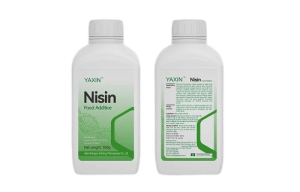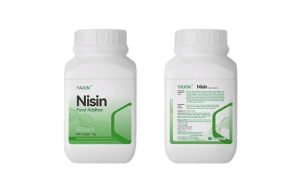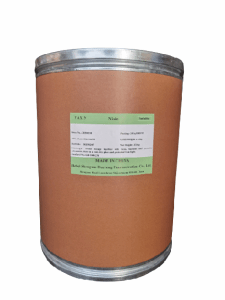
 CONTACT
CONTACT
- Linkman:Linda Yao
- Tel: +8618231198596
- Email:linda.yao@dcpharma.cn
- Linkman:CHARLES.WANG
- Department:Overseas
- Tel: 0086 0311-85537378 0086 0311-85539701
ε-Polylysine Hydrochloride Import Price,Food Color Stability
TIME:2024-12-18The relationship between ε-polylysine hydrochloride and food color stability primarily lies in its ability to preserve the original color of food and slow down the discoloration process.
ε-Polylysine hydrochloride has the capability to inhibit sulfur-induced discoloration reactions in food. During heating, storage, or processing, sulfur discoloration reactions can lead to pigment formation, thereby affecting the color of food. By suppressing these reactions, ε-polylysine hydrochloride prevents unwanted pigment changes and maintains the original color and color stability of the food.
Additionally, ε-polylysine hydrochloride exhibits excellent antioxidant properties, allowing it to inhibit lipid oxidation in food. Lipid oxidation can cause food spoilage and color changes. By suppressing oxidation reactions, ε-polylysine hydrochloride helps delay food spoilage, preserving its color, aroma, taste, and nutritional value.
Furthermore, the application of ε-polylysine hydrochloride in food can protect vitamins from damage caused by light, oxygen, and heat. Vitamins are essential nutrients in food and also play a role in maintaining color stability. The protective effect of ε-polylysine hydrochloride extends the retention time of vitamins, indirectly contributing to the stability of food color.
Through mechanisms such as inhibiting sulfur-induced discoloration reactions, providing antioxidant effects, and protecting vitamins, ε-polylysine hydrochloride effectively maintains food color stability, extends shelf life, and enhances overall food quality. Therefore, during food production and processing, ε-polylysine hydrochloride can be considered as a food additive to improve color stability and prolong shelf life. However, it is essential to use it within the prescribed dosage and comply with relevant food safety standards.
- Tel:+8618231198596
- Whatsapp:18231198596
- Chat With Skype







